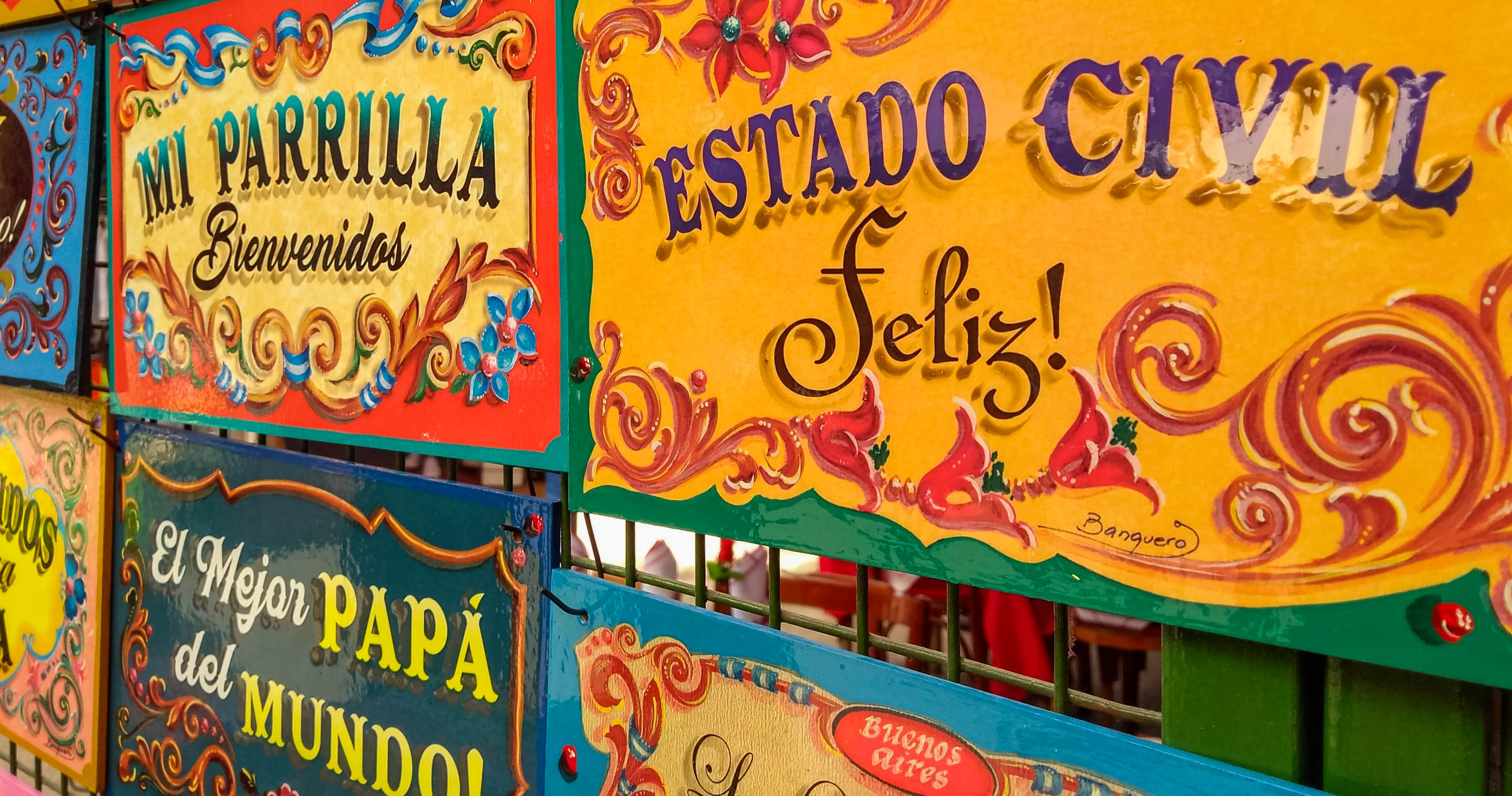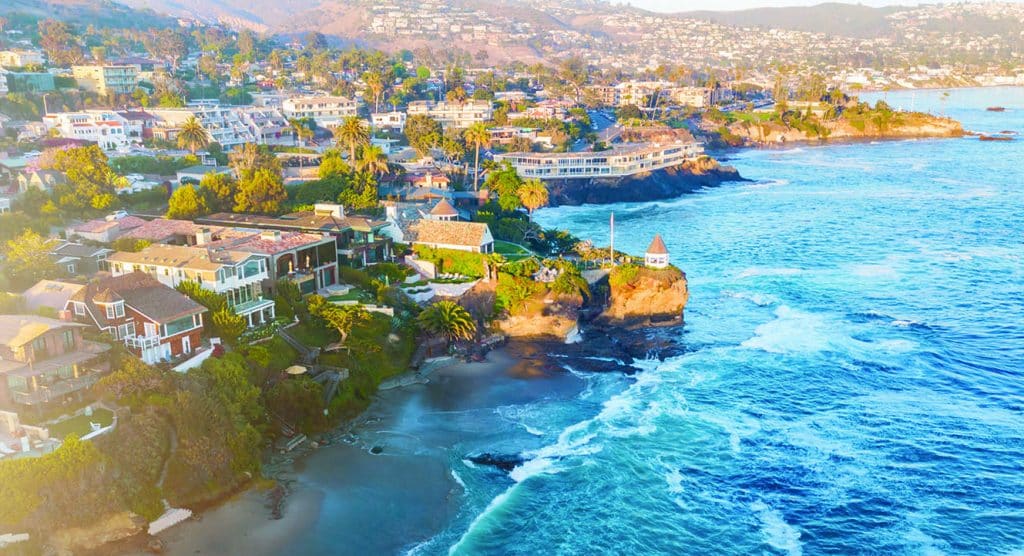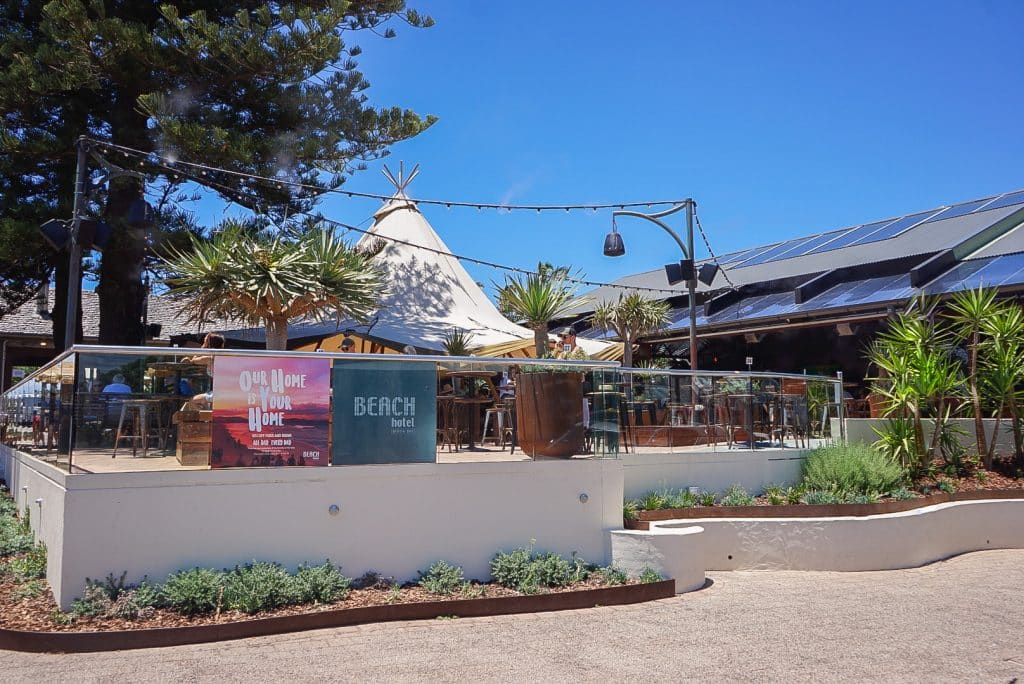
Founded as a port and settlement in colonial times, this most European of Latin American metropolises is now home to some 15 million people. Sectioned into a hundred neighborhoods, endless avenues, a towering obelisk, a Chinatown where one can buy the freshest fish, and the boundless Río de La Plata – the widest river in the world.
Buenos Aires, the city, is a cosmopolitan capital with a dazzling array of bookstores, cinemas, theaters and milongas, where tangos are danced. It’s a beehive that never sleeps, driven by boundless cultural aspirations and an ever-expanding array of culinary offerings.
Just two short decades ago, the city began to abandon its status as the ugly duckling of regional cuisine, led by the talents of world-renowned chefs who bet on innovation and a national identity amenable to its roots and the eclecticism inherited from various ethnic origins such as Indigenous foundations, gaucho traditions and those from early 20th century immigrants: Spanish, Italian and, to a lesser extent, French.
From the Mediterranean to the River Plate, products, aromas and flavors arrived that filled the taverns and kitchens of the conventillos – tenement houses – where our cuisine was founded. Then Germans and European Jews added theirs. And later, with the wave of Latin American and Asian immigrants, our culinary kaleidoscope was completed. Today Buenos Aires is a harmonious chaos where one can enjoy Italian, Spanish, French, Jewish, German, Peruvian, Colombian, Venezuelan, Mexican, Korean, Chinese, Japanese, Vietnamese, Indian and Filipino food. Travel the world with every dish. And so much of it is terrific.
Sacred beef
Our once narrowly carnivorous palate was broadened thanks to contributions from the global village, improvement in the quality of our food products, plus the vegetarian and vegan wave that has swept through here and, pretty much, everywhere else. And yet, beef is beef. Sacred. According to restaurateur Pablo Rivero: “We are not just about beef, but we are not without beef. There’s no point. This raw commodity, especially when barbecued, identifies us geographically, culturally and historically.” Rivero is the owner of bodegón El Preferido – a temple of milanesas and chips, lentil stew, and dulce de leche flan, among other updated classics – and of Don Julio, a simple neighborhood parrilla, or grill, that became a white tablecloth restaurant and took the top spot in Latin America’s 50 Best Restaurants ranking for 2020.
Many wonder why this protein is at the center of our culinary scene. Anthropologist Patricia Aguirre argues that initially beef was the typical food for gauchos, later becoming the reward that immigrants found on the other side of the Atlantic. Those disembarking in our port quickly realized that the promised land’s bounty wasn’t milk and honey but, rather, wholesale steak. Soon, other beef cuts naturally found their way into Old World recipes and then this country’s richest and most accessible staple, prohibitively expensive in Europe, was swallowed up from the first bite to the rest of the beast.
Urban pizzerias – more generally frequented by those with crisis-stricken purses – may sprout up like mushrooms and far outnumber parrillas, but beef persists as a metaphor for our culinary identity, even sneaking its way on to the contours of our map. If you take a fresh look at it with ravenous eyes, Argentina is shaped like a steak.
To understand Buenos Aires’ current culinary scene, we must take note of the changes brought about by the pandemic, and the trends that have boomed because of it. Of the latter, none has exploded as much as sourdough, a trend that ignited during the early quarantines and a guaranteed staple in trendy bakeries such as Atelier Fuerza, L’epi and Salvaje Bakery. Apart from that, there’s been a demand for Neapolitan-style pizzerias: never has southern Italy been so well-represented in the city as it has in the past year.
Today’s bakeries and patisseries are experiencing a revival thanks to pastry chefs who are revisiting the classics. “There is a hunger for medialunas and alfajores – crescent rolls and biscuit sandwiches, respectively – our favorite treats. And also savoury biscuits and palmiers, the best friends of mate (a bitter herbal infusion that can take some getting used to for foreign palates)”, says Jacqueline Albajari of Labán Pâtisserie, in the neighborhood of Las Cañitas.
More twists
During the pandemic, the words sustainability and agroecology hit home. But it’s not too long ago that the city’s vegetarian and vegan offerings were a woeful collection of boring, gray, sad dishes. There’s new life in what’s now available, and there’s an audience with an appetite for it.
Plant-based restaurants and cafés are flourishing, such as Mudra or Casa Nueza, veggie-based dishes are no longer the usual combinations – Narda Comedor, by chef Narda Lepes, never fails – and special menus sprouted up in many restaurants: Casa Cavia is highly recommended, housed in a Belle Époque house with a garden, outdoor bar, bookshop and plenty of charm. It’s located in Palermo, of course. With its Plaza Cortázar and its design shops, the district is the concentrated yolk of Buenos Aires’ gourmet egg, although now the area of Chacarita is staking its own claim.
In this less-pretentious neighborhood, flags have been planted by newer taverns that are also wine shops, such as Alegra, and natural wine bars, such as Naranjo Bar, where finding a seat can be an adventure. Here gastronomy is celebrated. There are vermouth bars and taquerías – Ulúa was among the first – places with great food, informal atmospheres and friendly prices, such as Picarón. As for Asian restaurants, Korean Nanum and Filipino Apu Nena have their legions of fans.
May the wine never run out
In this part of the world, there is no food without wine, our national drink. It’s at our table and plays a starring role in the city’s fine-dining restaurants. Pairings are de rigueur in places like Tegui, Chila, El Baqueano (in San Telmo, the old part of the city) or Aramburu, which have top-flight sommeliers.
“There are more and more and better bottles with an outstanding quality-price ratio. Malbec is the most recognized varietal, we’re known throughout the world for it, but there is a variety of styles and many producing regions,” says wine journalist Elisabeth Checa. “Argentina is a great, big vineyard. And I love that there are so many wine shops and wine bars where you can have a bite to eat (and where neither the wine nor the food is lacking), and share a glass, or better, several, with friends. Wine brings us together.”
And the cocktail scene? It’s found its place in bars, restaurants and homes. It inspires books, articles, regular radio guest spots, and devotees. “Immigrants carried over cocktails, which form part of this culture. Our cocktail scene had its heyday in the 50s and 60s, began to wane in the 70s and, luckily, it’s regained its shine”, says Julián Díaz, owner of 878, one of Buenos Aires’ favorite bars, along with Florería Atlántico – seventh in The World’s 50 Best Bars 2020 – Presidente Bar and The Harrison Speakeasy; all run by professionals who are ever mindful of the quality of their primary ingredients. They love exploring combinations of garnishes and the use of vinegars. They prepare their own syrups, vermouths, bitters and spirits. And now, they are marketing ready-to-drink cocktails.
Coffee, a shared moment
Buenos Aires has always had cafés. Literary and bohemian hideaways, spots for artists and students to gather, with a history of good poetry and lousy coffee. It took us a long time to really appreciate the beverage itself and finally demand quality. A decade ago, no one here could have imagined that specialty cafés would now be trendy, selling scrumptious pastries and sandwiches.
The Colombian baristas who visited Argentina’s capital did a lot for the coffee scene, most of them in shops spread across the neighborhoods of Belgrano and Palermo; Café Lattente was a pioneer in this regard. It’s clear this brew is central to a ritual that invites conversation. When we porteños, as citizens of Buenos Aires are known, want to get together we ask: “Shall we have a coffee?” Also, many of us are now interested in a coffee’s origins and flavor profile. We might choose an espresso, macchiato or filtered, but just a “coffee” doesn’t cut it anymore.
It’s a time for reinvention, for audacity and adapting to the new rules in Buenos Aires. There is so much to discover and explore here. It’s a city suffering from the present Covid crisis just as the other cities in the world. However, our city is bubbling with energy and creativity.
María de Michelis




